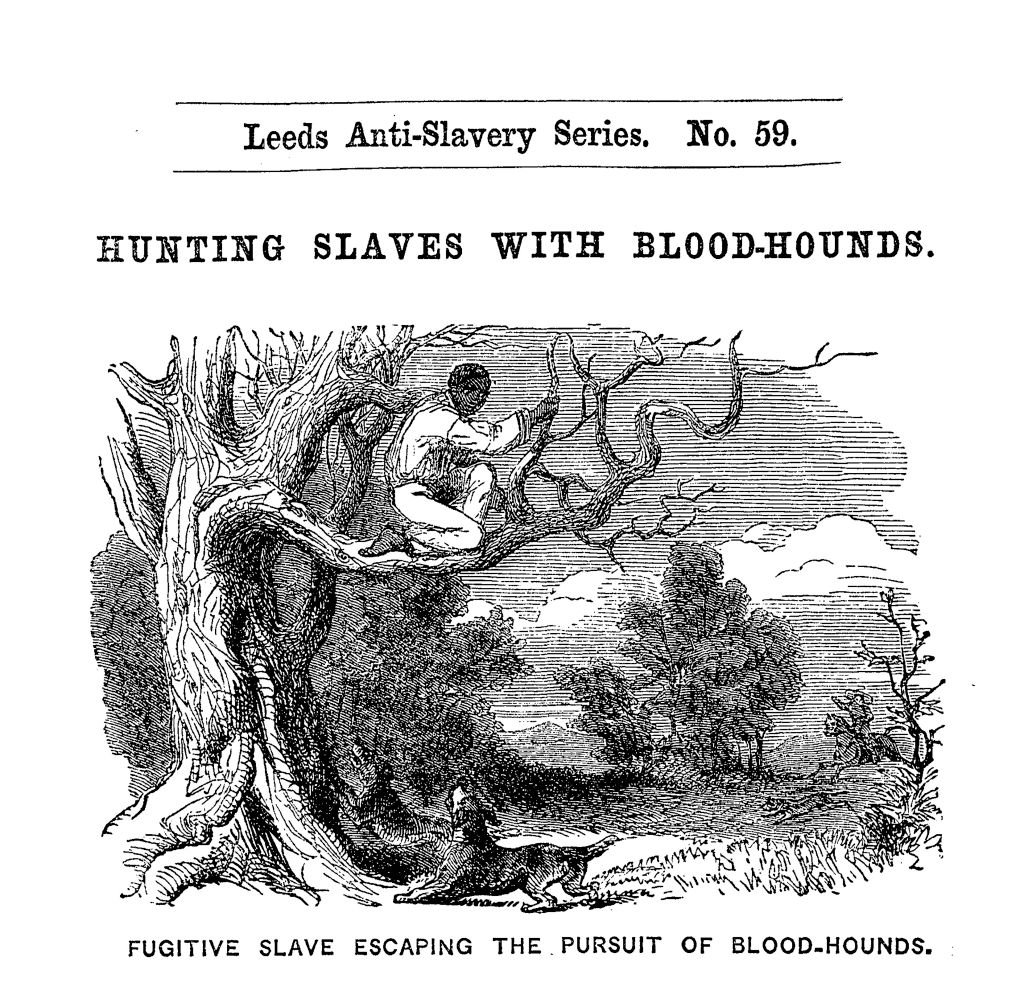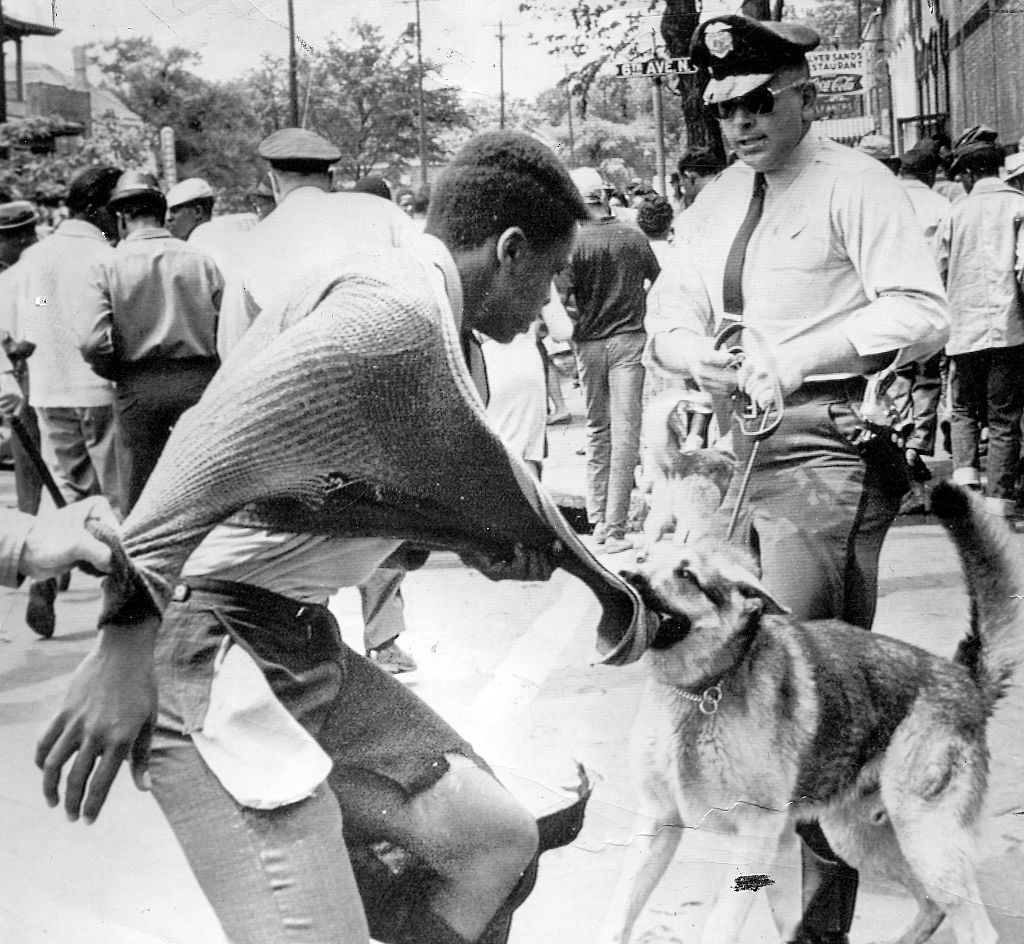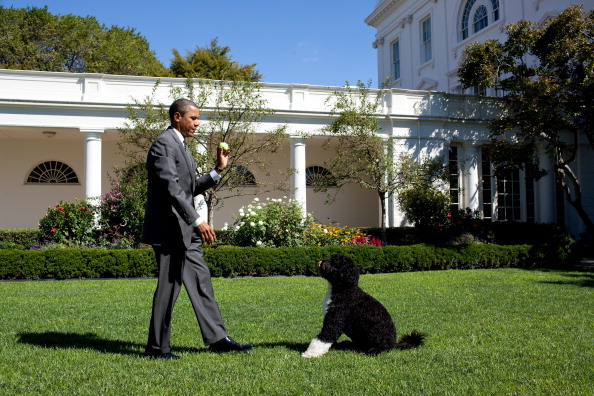National Dog Day: Black People’s Complicated History With ‘Man’s Best Friend’

Source: Lorado / Getty
UPDATED: Aug. 26, 2024
The relationship between Black people and dogs is a multifaceted one, deeply rooted in history and shaped by a complex combination of cultural, social, and systemic factors. While dogs have been beloved companions in many Black households across the world, it’s important to remember as the U.S. observes National Dog Day that the history of Black people’s interactions with dogs includes a legacy of oppression, fear and resilience.
Black people’s complicated relationship with dogs can be traced back to the era of slavery in the United States. Enslaved Black individuals faced the terrifying reality of dogs being used by slave owners as tools of control and intimidation. Trained as hunting and tracking animals, dogs were employed to track down escaped slaves, creating an atmosphere of constant fear and danger. They were also used as a way to enforce racial hierarchies and to facilitate the extraction and exploitation of black labor.
This legacy of dogs as instruments of oppression can be traced back to the 1520s in certain parts of the Spanish Americas. Charlton W. Yingling, an assistant professor of history at the University of Louisville, detailed the shocking history in the 2021 documentary Mauled: When Police Dogs Attack.
According to Yingling, in South American areas like Santo Domingo and Panama, attack dogs were predominantly used against African-descended populations and captive slaves as a way to maintain fear and order on the plantation.

Cover page illustration from the Leeds Anti-Slavery Series Number 59 shows an escaped slave sitting on a tree branch in an attempt to evade capture while two bloodhound dogs bark at him, 1853. | Source: Interim Archives / Getty
The grisly control tactic eventually spread to North America in the 1600s.
“When dogs became a key component of expanding racialized slavery in North America, it was really believe it or not during the Seminole Wars in Florida, Yigling explained in the eye-opening documentary. “There were canines purchased specifically for slave tracking that had become quite famous and arguably infamous as well from places like Cuba, from Florida. In the 1840s, these dogs then proliferated across the United States.”
In the mid-1800s, Cuba became notorious for breeding the Cuban Bloodhound, a dog that grew popular for their hefty size and extraordinary speed. Slave owners were able to train the bloodhounds to become aggressive and fast when searching for runaway slaves. Some were used to kill captives who did not obey their masters.
“Slave owners in the United States South knew how vicious and how effective these dogs could be. So, when this indigenous uprising began in Florida, the United States government then began allowing people to purchase dogs from Cuba after the use in Florida. They were then used against almost exclusively enslaved populations across the South. Also, there were dogs on the plantation to intimidate people on a day-to-day basis,” Yingling added.
Even after the abolition of slavery, the use of dogs to perpetuate racial violence persisted. One of the most striking examples is the Civil Rights Movement of the 1960s. During this period, police and white supremacists infamously employed dogs to attack peaceful Black protesters, revealing the continued weaponization of dogs to enforce racial hierarchies. Iconic images from events like the Birmingham Campaign of 1963 capture the brutality of police dogs attacking Black activists.

An African American protester being attacked by a police dog during demonstrations against segregation, Birmingham, Alabama, May 4, 1963. | Source: Afro Newspaper/Gado / Getty
Racial Profiling and Policing: Dogs as Agents of Fear
Dogs are still used as an agent of fear today. Racial profiling has led to instances where police dogs have used excessive force during the detainment of Black people, resulting in critical injuries and further straining the fraught relationship between the Black community and law enforcement.
In May, harrowing body camera footage from the Alabama Police Department captured the 2021 arrest of a 50-year-old Black man named Marvin Long. The Alabama native was assaulted by an attack dog after officers approached his front porch without cause.
In the stunning video, Sheffield Police approached Long asking if he lived at his home in Sheffield. When he hesitated to answer, another officer brought over a police K-9 to detain the 50-year-old. Long was reportedly bitten by the attack dog and assaulted by the officers on call. He was charged with obstruction and resisting arrest before the obstruction charge was dropped. In June, he filed a federal suit against all of the officers involved in his vicious detainment.
The grisly arrest of Talmika Bates went viral in 2022, when an officer in Brentwood California deployed a police canine during her arrest. The young woman’s scalp was reportedly torn off by the search dog during her encounter with authorities after she was accused of stealing around $10,000 worth of cosmetics from a nearby Ulta Beauty store.
Viral video footage showed Bates crying for help as police struggled to detain her in a wooded area. “The dog is biting me!” Bates shouted in the graphic video. Another clip captured the young woman crying and screaming to her mother on the phone, “Mama, my whole brain is bleeding, mama!”
Bates spoke about her terrifying arrest incident during an interview with KTVU in February 2022. “I really thought I was going to die,” she said. “I really didn’t think that I was going to be able to tell this story and really explain to nobody. It’s just traumatizing. It’s just sad.”
After doctors at John Muir Hospital managed to sew her scalp back on, Bates claimed that she was taken directly to jail. She later filed a lawsuit against the Brentwood Police officer who used the vicious attack dog.
The history of Black people’s relationship with dogs is a testament to the resilience and strength of a community that has navigated centuries of oppression. From the traumatic legacy of slavery to the fight for civil rights and ongoing struggles against systemic racism, the interactions between Black individuals and dogs are deeply intertwined with larger societal issues.
Make no mistake, there are many Black pet owners who love and cherish their dogs today, despite their dark connection to Black history. In fact, it’s beautiful to see many Black pet owners loving and building a close bond with their dogs. It shows healing, resilience and how we’ve managed to persevere through slavery and dark times. By acknowledging this history and working toward change, we can contribute to a future where dogs symbolize companionship and unity, rather than instruments of oppression.
SEE ALSO:
Michigan Trooper Acquitted After Deploying Dog On Injured Black Motorist
Ohio Cop Fired After Releasing Dog On Black Man Who Had His Hands Up
The post National Dog Day: Black People’s Complicated History With ‘Man’s Best Friend’ appeared first on NewsOne.





